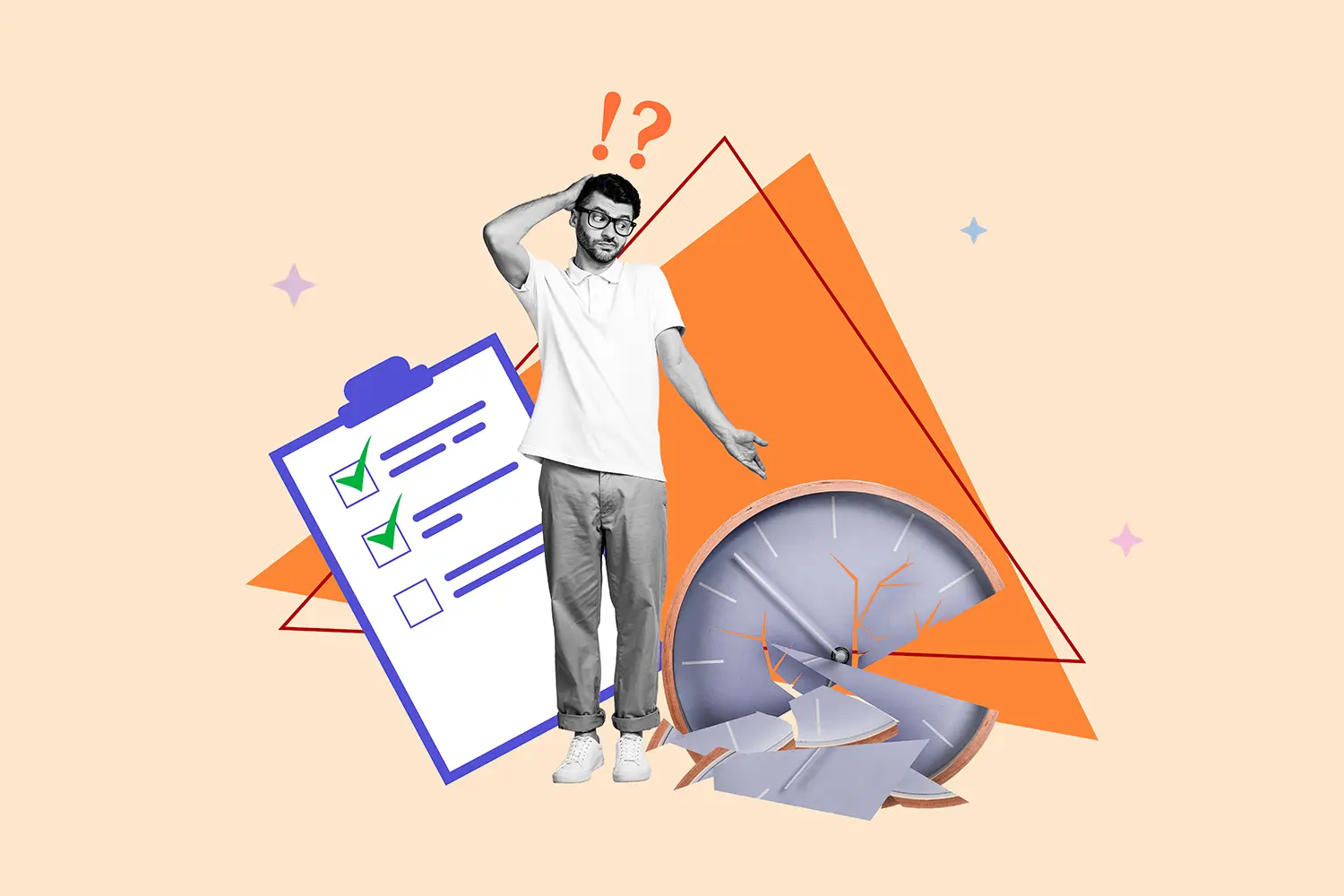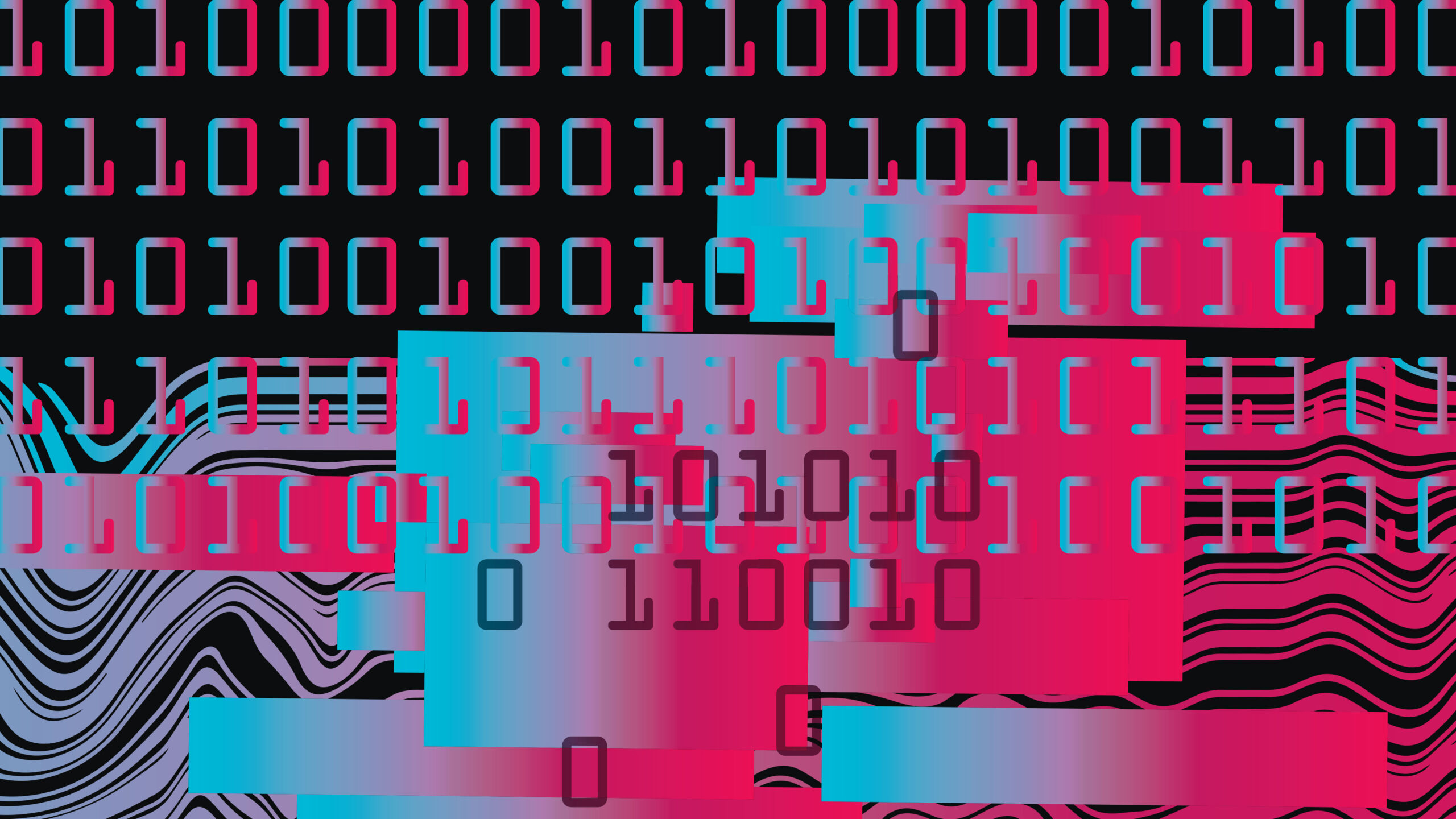Can artificial intelligence show bias? As much as we’d like to believe that bias is a thing of the past, both humans and artificial intelligence (AI) can in fact show biases towards one group or another.
How Does This Happen?
We are all aware that humans can carry biases, whether they are implicit, explicit, or unconscious, but how does an AI algorithm become biased? One way is if the data collected comes from a sample of people that does not accurately represent the population, leading to over or under-representation of a group. Another cause is when AI systems are trained on data that was generated by humans with built-in biases. The AI system learns the patterns from this biased data, resulting in an AI system that reflects these biases.
How Do We Avoid AI Bias?
Representative Data: Understand the way data was collected and sampled and look for sources of bias within the data, including how the data was annotated.
Auditing the Model: Analyze the predictions your model shows, and compare/contrast false positive and false negative rates of predictions across different sub-groups.
Model Explainability: Determine why a model is making a certain prediction in order to help remove the bias.
Third Party Tools: Leverage these tools to assist with assessing bias throughout the AI life cycle.
Diverse Team Members: A diverse team allows for different perspectives during the development stages of AI algorithms, and will help avoid biases in the AI product.
AI isn’t going anywhere, but biases are! Eliminating bias from AI is an important task to improve the fairness of decision making by AI algorithms, as the use of AI solutions increases in society.
To learn more, check out this article.







